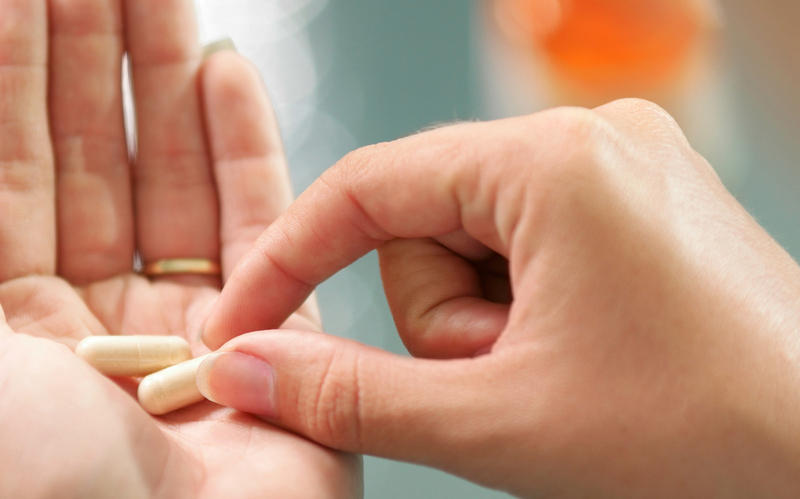Women & Osteoporosis: Why it’s still a big risk
Index
Great news, ladies. Along with periods and menopause, we’ve got something else to look forward to: osteoporosis. Hear that? It’s a round of sarcastic applause.
Osteoporosis means, literally, porous bones. As we age, our bones lose minerals more quickly than the body can replace them. They become so brittle and weak that even a slight bump or fall can result in a fracture or break. Osteoporosis is known as a silent disease; most people don’t know they have it until they break a bone. And in startling news, half of all women and one-third of men over 60 in Australia will have a fracture due to osteoporosis.
So why are women more susceptible than men? We’ve got our small, thin bones to thank for that. Because of the way women are built, our bones are more fragile to begin with. Throw oestrogen into the mix, the main female hormone that helps us menstruate, ovulate and – surprise – protects our bones, and then bam! Remove it, just like that. Oestrogen levels decrease sharply when women reach menopause, which weakens bone density and heightens the chances of developing the disease.
Osteoporosis affects all the bones in the body, however breaks and fractures are most common in the hips, wrists and in vertebras along the spine. While there are treatments available for the disease, there’s no cure.
It’s not all doom and gloom though. Preventing the onset of osteoporosis, or managing it if you’ve got it, is possible – and it’s easier than you might think:
Don’t wait: do weights!
Strengthening your bones through physical activity is one of the best ways to reduce the risks of developing the disease. Being active is great for your bones as it slows bone loss, improves strength and helps balance. Weight-bearing exercises such as walking, tennis, dancing and weight training are all excellent ways to get moving and get strong.
Up your calcium intake
Fill your plate with dairy products like cheese, yoghurt and milk, as well as sardines, spinach, broccoli and almonds. Having enough calcium in your diet helps keep your bones dense and healthy, and you’ll need 3-5 serves of calcium-rich food daily. Women aged 19+ need 1000mg per day, and women over 50 need 1300mg per day.
Soak up some sun (responsibly)
Vitamin D is produced in the skin when we’re exposed to sunlight and it helps the body absorb calcium, which means: strong bones and teeth. The amount of sun you need depends on where you live, your lifestyle as well as your skin colour (darker skinned people are most at risk). In summer in most southern states of Australia and all year round in the north, a few minutes a day will suffice. In winter, we need about 2-3 hours spread out over a week. You must use sunscreen at all times as prolonged exposure to the sun increases your skin cancer risk. Short periods of exposure are best like walking from the office to get lunch.
 Calcium and vitamin D supplements can help protect bones from the effects of osteoporosis
Calcium and vitamin D supplements can help protect bones from the effects of osteoporosis
Don’t discount supplements
If you’re struggling to get the right amount of calcium in your diet or spend enough time in the sun, chat to your doctor about supplements. Complementary medicines can often be just as good as the real thing.
Trip-proof your house
Avoid slips, spills and (bone) breakages by making your house safer. Put a slip mat and handrails in your shower, remove any rugs you might trip on, and keep your floors free of any tripping hazards.
There are currently over 1.2 million Australians living with osteoporosis, and over six million suffering from poor bone health. If you’re over 65, have had a fracture, have low body weight or have a family history of osteoporosis, it’s important you contact your doctor to get screened for bone mineral density.
